Brussels offers a rich blend of history, culture, nightlife, and culinary delights that cannot be missed. As the capital of Belgium and the headquarters of the European Union, this charming city has impressive attractions that can captivate any traveler. For first-time visitors to this historical gem, there are plenty of must-see sights and experiences, from wandering through the awe-inspiring Grand Place to indulging in the finest Belgian chocolates. In this post, we’ll explore 21 top things to do and see in Brussels that you should put on your itinerary to make your trip unforgettable.
What to Do and See in Brussels
1. Marvel at the Grand-Place
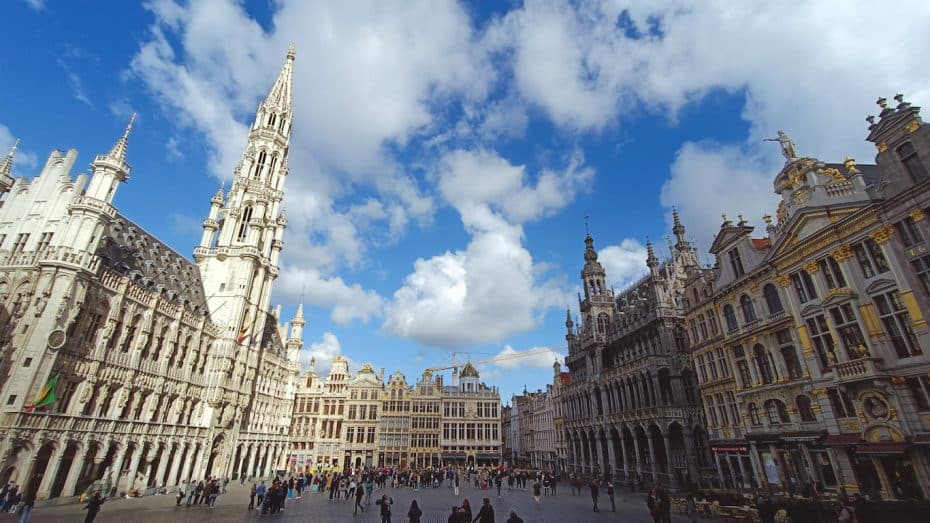
The Grand Place, also known as Grote Markt, is in the city center and has been a UNESCO World Heritage Site since 1998. The square is surrounded by significant historical buildings such as the Brussels City Hall and the Maison du Roi (King’s House), which contains the Museum of the City of Brussels.
The history of the Grand Place dates back to the 11th century when it served as a marketplace for traders. The City Hall, an outstanding example of Gothic architecture, was built between 1401 and 1455 under the direction of architects Jacob van Thienen and Jan van Ruysbroeck. The Maison du Roi was initially constructed between 1504 and 1536 by Charles V but underwent a considerable reconstruction in the Neo-Gothic style during 1860-1870.
The Grand Place is accessible on foot from Brussels Central Station or through public transportation services such as trams, buses, or nearby metro stations. The closest metro stations are De Brouckère and Gare Centrale. This is one of the best areas to stay in Brussels.
2. See the Original Manneken Pis Sculpture
The Manneken Pis is a famous bronze sculpture and symbol of the city. Created in the early 17th century by Jerome Duquesnoy the Elder, this statue portrays a naked young boy urinating into a basin. It can be found at the intersection of Rue de l’Etuve and Rue du Chêne, a short distance from the Grand Place.
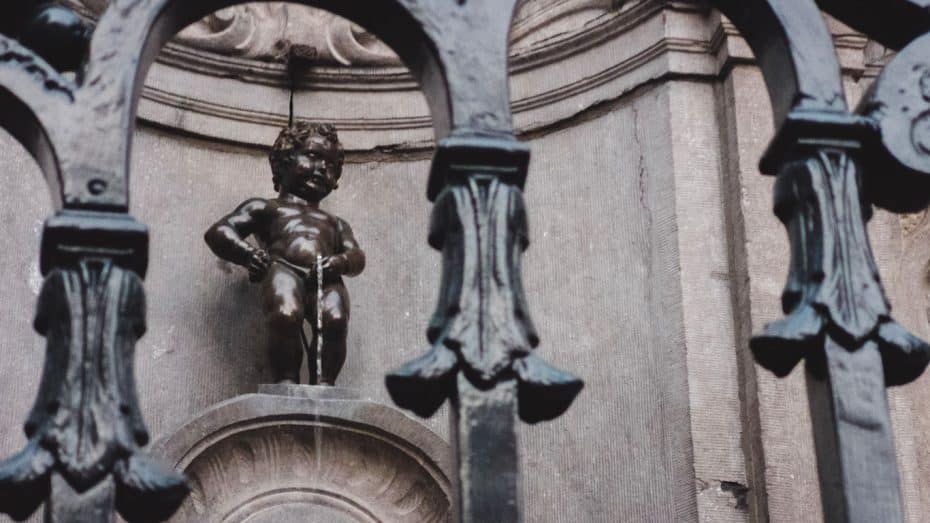
An essential aspect of its history involves numerous vandalism, theft, and even destruction incidents. The current statue replicates the original, kept safe in the Museum of the City of Brussels. Over the years, various legends explaining its creation have emerged. One famous story claims that a wealthy merchant lost his young son in the city and commissioned the statue upon his return.
Manneken Pis has also played a significant role in local traditions and events. For example, since 1698, it has been dressed in costumes during special occasions such as festivals and holidays. With over 1,000 costumes in its wardrobe, there is even a quirky museum displaying the best outfits worn by this attraction.
3. Visit the Iconic Atomium
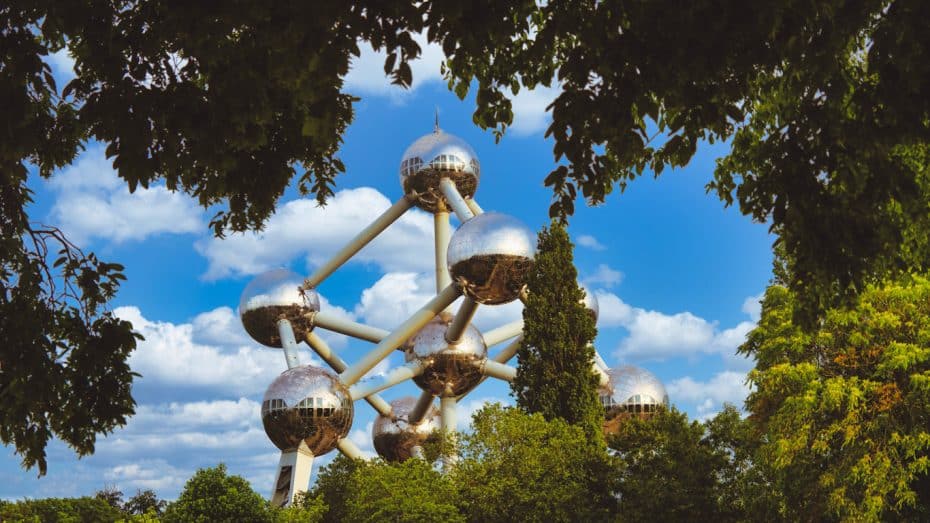
Built-in 1958 for the Brussels World Exposition (Expo 58), this iconic structure was designed by engineer André Waterkeyn and architects André and Jean Polak. The Atomium represents an iron crystal unit cell magnified 165 billion times, describing the atomic energy and scientific advancements.
Located in the northern part of Brussels within Laeken Park, near Heysel Plateau, this monument stands at approximately 102 meters (335 feet). It consists of nine stainless steel spheres interconnected by tubes measuring 18 meters (59 feet) in length. You will find exhibition spaces hosting permanent and temporary displays inside the spheres, while the uppermost sphere offers impressive panoramic views over Brussels.
You can use public transportation to reach the Atomium. The closest metro stations are the Heysel and Houba-Brugmann (in line 6). Alternatively, the tram line 7 stops at Heysel Station.
The Atomium is open daily from 10:00 AM to 6:00 PM. Ticket prices vary depending on the age group: adults pay €16, while older people and students pay €14. Children aged six to seventeen produce €8, and children under six visit for free.
4. Explore the Royal Palace of Brussels
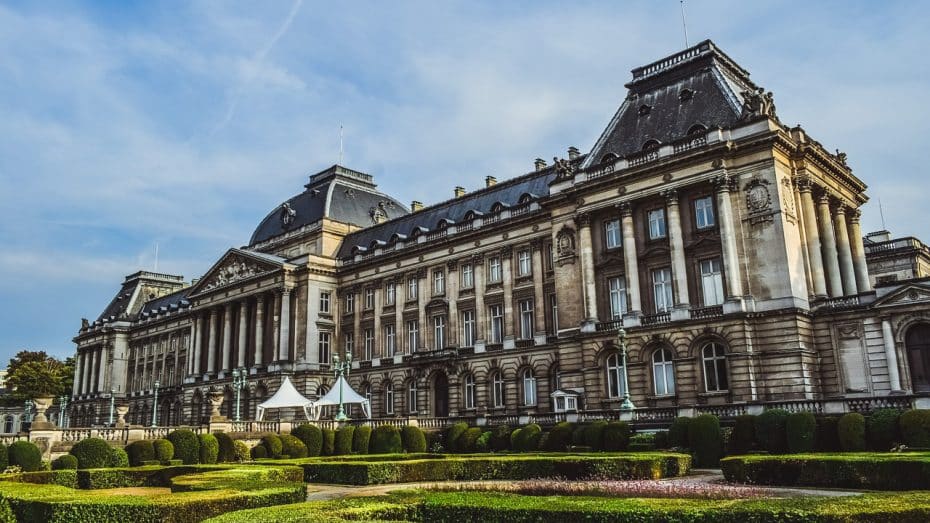
The Royal Palace of Brussels has been the official residence of Belgium’s monarchy since the early 19th century. Established in its current form between 1820 and 1829, the palace traces its origins to the medieval ducal palace of Brabant, which dates back to the 11th century.
Located at Place Royale, facing Brussels Park, the Royal Palace occupies a central location within the city. Built primarily in Neoclassical style, it features a striking façade and intricate artwork on its ceiling, created by renowned Belgian artist Jan Fabre.
There are multiple public transportation options to reach the Royal Palace. Trams 92 and 93 provide direct stops near Place Royale, while several buses also have stops nearby. The Royal Palace typically opens its doors during summer with guided tours. The opening hours are from 10:30 AM to 5:00 PM (last entry at 4:15 PM). Admission is free; however, booking tickets online is recommended due to limited daily capacity.
A visit to this historic site would only be complete with exploring some of its rooms and highlights. For example, the Goya Room, which shows remarkable portraits painted by famed Spanish artist Francisco Goya, is a must-see.
5. Walk Through the Cinquantenaire Park
Cinquantenaire Park, also known as Parc du Cinquantenaire or Jubelpark in French and Dutch, is in the European Quarter of Brussels. The park was commissioned by King Leopold II and designed by Charles Girault in 1880 to celebrate the country’s 50th anniversary of independence.
Spanning approximately 30 hectares, Cinquantenaire Park houses several notable structures and museums. One prominent structure is the Triumphal Arch (Arc de Triomphe), inaugurated on September 4, 1905.
The park has three museums: The Royal Museum of the Armed Forces and Military History, Art & History Museum, and Autoworld.
Cinquantenaire Park is easily accessible via public transportation. The closest metro stations are Merode and Schuman. Buses and trams also provide access to the area.
6. Dive into the Surreal Collection of the Magritte Museum
The Magritte Museum is a must-see attraction in Brussels. As its name suggests, the museum dedicates itself to the works of Belgian surrealist artist René Magritte. It houses more than 200 pieces of Magritte’s artwork, including paintings, sculptures, and drawings.
Located at Rue de la Régence 3, the museum is in the Royal Museums of Fine Arts of Belgium complex near the Place Royale. Some of the notable works displayed in the Magritte Museum include “The Empire of Light,” “The Return,” and “Scheherazade.”
You can take Line 1 or 5 of the metro to the museum and get off at Central Station or Park Station. Bus lines 38, 71, and 95 also offer stops near the museum. Tramlines nearby include numbers 92 and 93.
The Magritte Museum opens from Tuesday to Friday between 10:00 AM and 5:00 PM and extends its opening hours on weekends up to 6:00 PM. It remains closed on Mondays.
7. Travel Through Mini-Europe
Mini-Europe, located at Bruparck in the suburbs of Brussels, is an important tourist attraction featuring replicas of famous European monuments. Established in 1989, this park allows visitors to explore various European cultures and landmarks on a smaller scale.
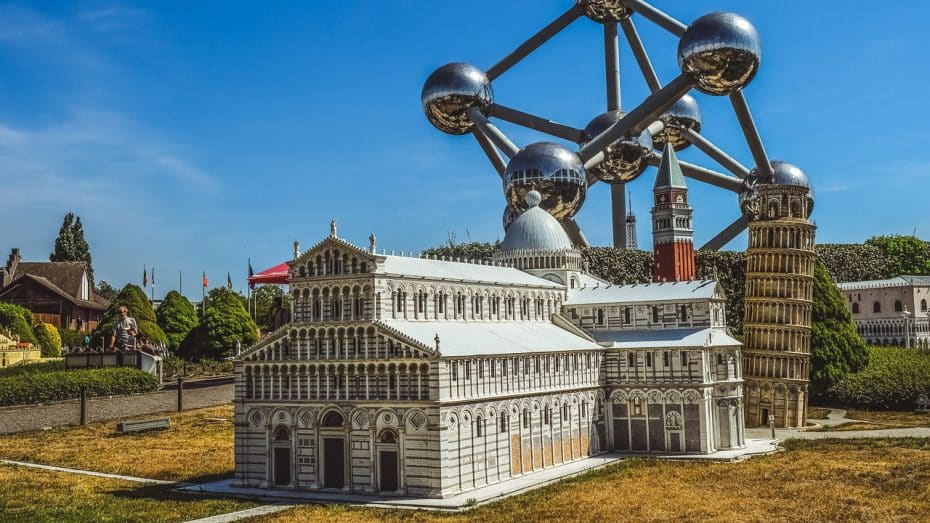
The park displays 350 miniature reproductions of European monuments representing 80 cities and 28 countries. Some replicas in Mini-Europe include the Eiffel Tower and the Leaning Tower of Pisa. These model replicas are created with meticulous attention to detail; some models took over 20,000 hours to finish.
To reach Mini-Europe, you can use metro lines 1 and 5, which stop at Heysel station. Additionally, buses 84 and N18 connect to Heysel station.
8. Jump into the Pages of the Belgian Comic Strip Center
The Belgian Comic Strip Center in Brussels is an essential attraction for first-time visitors seeking a deeper understanding of the city’s cultural heritage. The center is in a former textile warehouse designed by renowned architect Victor Horta. Located at 20 Rue des Sables, within walking distance of Central Station, the building is a striking example of Art Nouveau architecture.
The museum exhibits artwork and detailed information about the creative process behind internationally celebrated comic strips. Most displayed works highlight famous Belgian comics and their creators, such as Hergé, known for ‘The Adventures of Tintin,’ and Peyo, the artist behind ‘The Smurfs.’ Inside the museum, you will find rooms dedicated to various comic genres, tracing their history from inception to contemporary works.
9. Stare at the Beautiful Brussels Town Hall
The Brussels Town Hall, built between 1402 and 1455, is in the Grand Place. This Gothic-style building serves as a notable landmark in the city and houses administrative offices of the city government.
The Town Hall features intricate sculptures and designs which exemplify its remarkable craftsmanship. A key attraction is an iconic statue of Saint Michael, Brussels’ patron saint, perched atop a 96-meter-high tower.
10. Enter the Impressive Basilica of the Sacred Heart
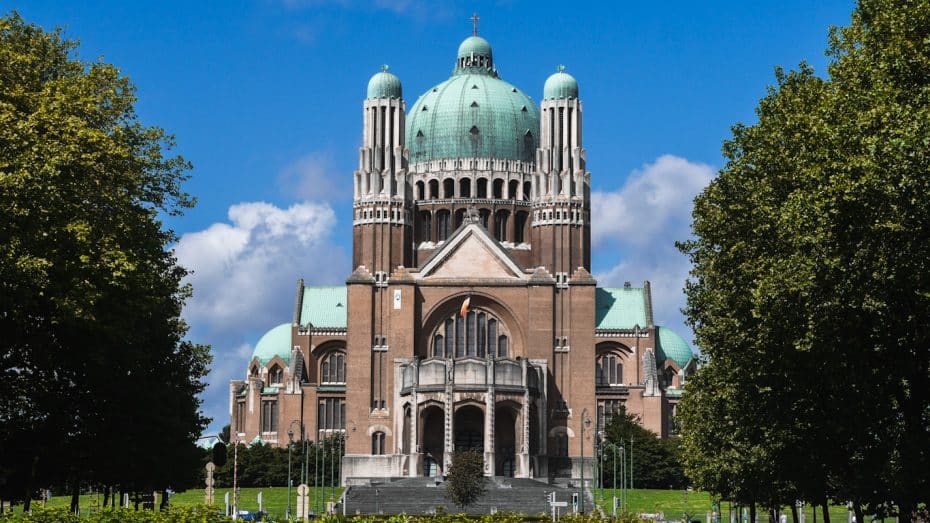
The Basilica of the Sacred Heart, formally known as the National Basilica of the Sacred Heart in Koekelberg, is a prime example of Art Deco architecture in Brussels.
The church was built between 1905 and 1971 and is at Parvis de la Basilique 1, in the Koekelberg municipality of Brussels. This basilica is one of the world’s largest churches, approximately 8,000 square meters.
This temple is a must if you’re a fan of architecture, especially considering it is not a popular tourist destination.
11. Sample Belgian Chocolates
When it comes to things to do and see in Brussels, there’s one thing that all travelers will love unanimously: eating Belgian chocolate. After all, this country’s chocolate is of the highest quality and is renowned worldwide for its delicious, almost addictive taste.
In Brussels, you can visit chocolate factories offering tastings at the tour’s end. You can also learn to make chocolate or buy as many high-quality chocolate bars as possible in the city’s shops.
12. Explore the Local Markets
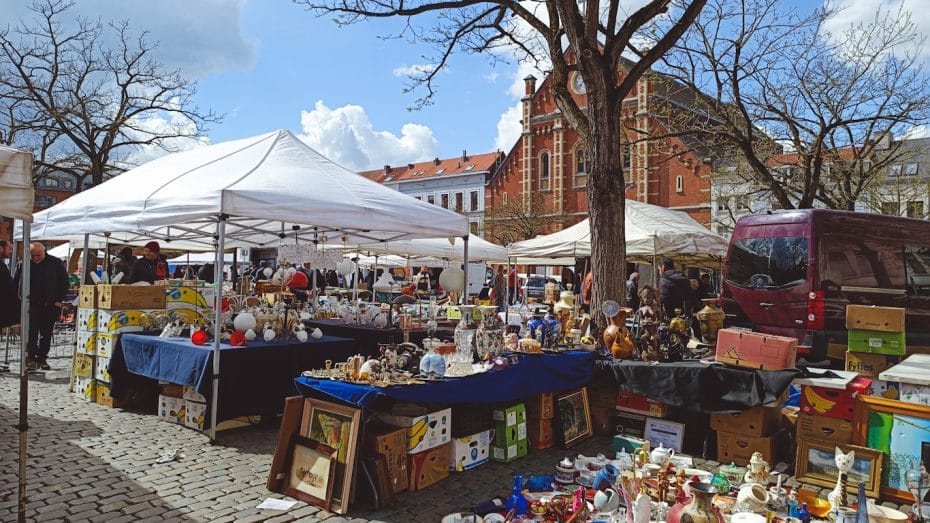
There are several outdoor markets in Brussels. The most well-known is the flea market of the Place du Jeu de Balle, which was founded in 1873. This market opens daily and sells a little of everything, including furniture, second-hand clothes, and jewelry. Hence, this market is a must-see in Brussels if you love thrifting!
Likewise, other markets in different parts of Brussels sell specific goods like antiques or clothes. The Christmas markets, in particular, are some of the best in Europe.
13. Taste Belgian Beers
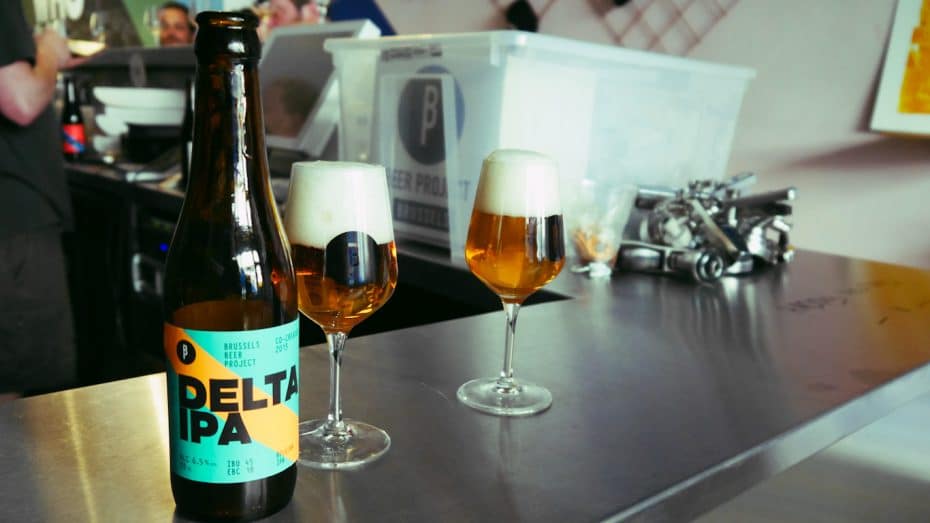
Another renowned Belgian export product is its beer. The country has a long history of brewing beers of different varieties. So, going on a beer tour in Brussels is an excellent idea. These tours will allow you to understand the process behind making these beers and how they have evolved.
However, barhopping by yourself or with friends is also a great way to get to know the different flavors of Belgian beers available. People in Brussels are usually charming and friendly, so you can always ask the bartender for recommendations.
14. Let Autoworld Brussels Take You on a Journey
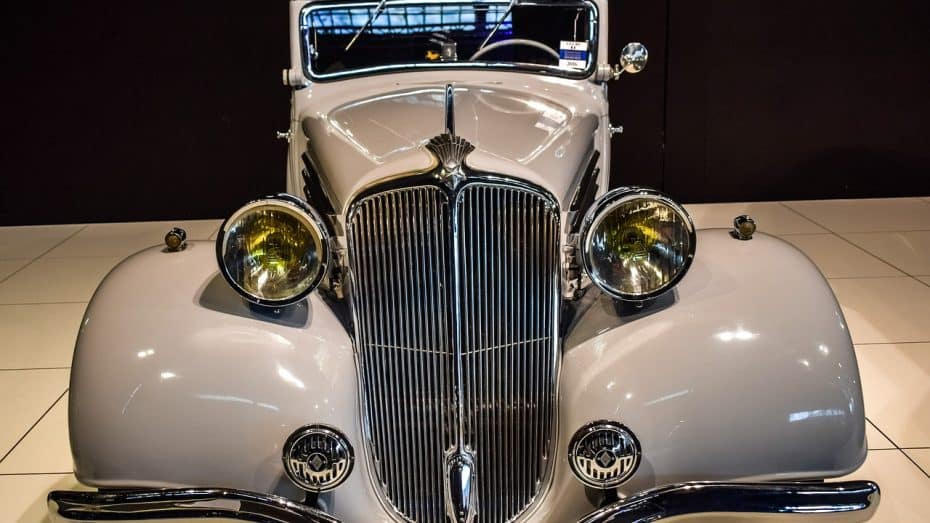
Autoworld Brussels is an automotive museum with an excellent collection of vehicles. Established in 1986, the museum is within the Parc du Cinquantenaire.
Autoworld showcases over 250 vehicles from European and American manufacturers. The museum’s exhibition space spans two floors and features cars from the late 19th century. Hence, you can see vehicles from various historical periods, such as the Belle Époque, World War II years, and the Swinging Sixties.
The museum provides an in-depth understanding of automobile history through well-organized displays equipped with informative panels that describe each car’s background. Notable automobiles within Autoworld’s collection include a 1928 Bentley, a Bugatti Type 57 produced in 1937, and a Renault Dauphinoise Break from 1956.
Autoworld operates every day between 10:00 AM and 6:00 PM. Adult tickets cost €12.
15. Swing by the Musical Instruments Museum (MIM)
Established in 1877, the Musical Instruments Museum (MIM) is in the former Old England department store, a historic Art Nouveau building at Rue Montagne de la Cour 2. This building, designed by architect Paul Saintenoy in 1899, also includes a 1901 small concert hall.
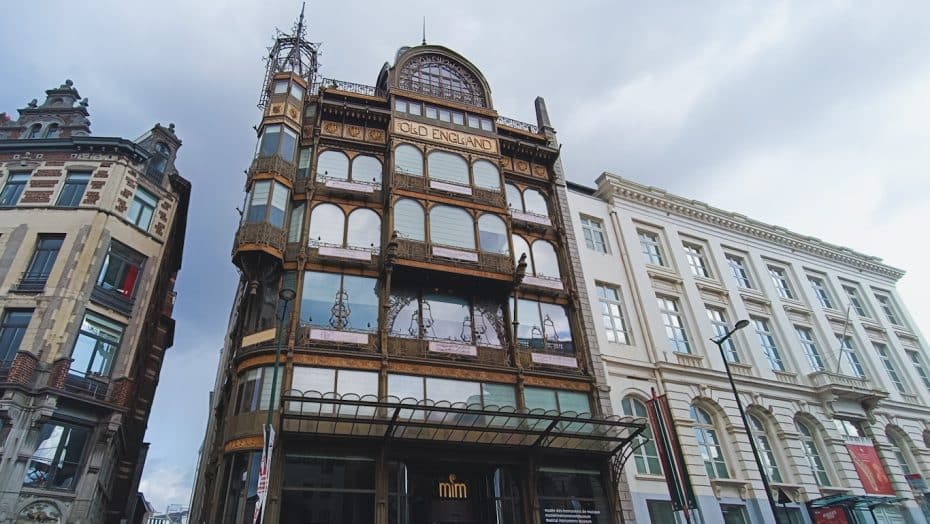
The MIM showcases over 8,000 musical instruments from all periods and regions of the world. Notable collections include a section with unique European keyboard instruments dating from the late Middle Ages to the twentieth century. The museum also houses rare items like sixteenth-century harpsichords.
In addition to its permanent exhibitions, the MIM offers temporary exhibits featuring prominent musicians or unique instrument collections.
To reach the MIM using public transportation, take tram lines 92 or 93 and exit at Petite Sablon station. Alternatively, the nearest metro stations are Gare Centrale or Parc. The museum is open Tuesday through Sunday from 9:30 AM to 5:00 PM. Adult entry fees are 10 euros.
16. Discover the BOZAR Centre for Fine Arts
The BOZAR Centre for Fine Arts is an essential cultural institution in Brussels, Belgium. It was established in 1928 by the Belgian architect and urban planner Victor Horta. The center’s main building, the Centre for Fine Arts, has been designated a UNESCO World Heritage site due to its exemplary Art Nouveau architecture.
Located on Rue Ravenstein 23, the BOZAR Centre for Fine Arts is accessible via various public transportation options. The closest metro station is Gare Centrale, and bus lines 29, 38, 63, 65, and 66 also stop nearby.
The BOZAR Centre for Fine Arts promotes visual arts, music, theatre, dance, literature, and cinema from Belgium and worldwide. Throughout the year, it hosts numerous exhibitions, concerts, and performances. Its permanent collection includes artworks from famous Belgian artists such as René Magritte and Paul Delvaux.
17. Go on a Comic Tour Around the City
As I mentioned before, Belgium is the birthplace of some of the most famous comic artists in the world. And, walking around Brussels, you’ll see many walls covered in beloved comic characters like Tin Tin and The Smurfs, for example.
Strolling through the city center’s colorful streets, you will see the city’s essence and feel like a thought bubble may appear and float through the air at any moment.
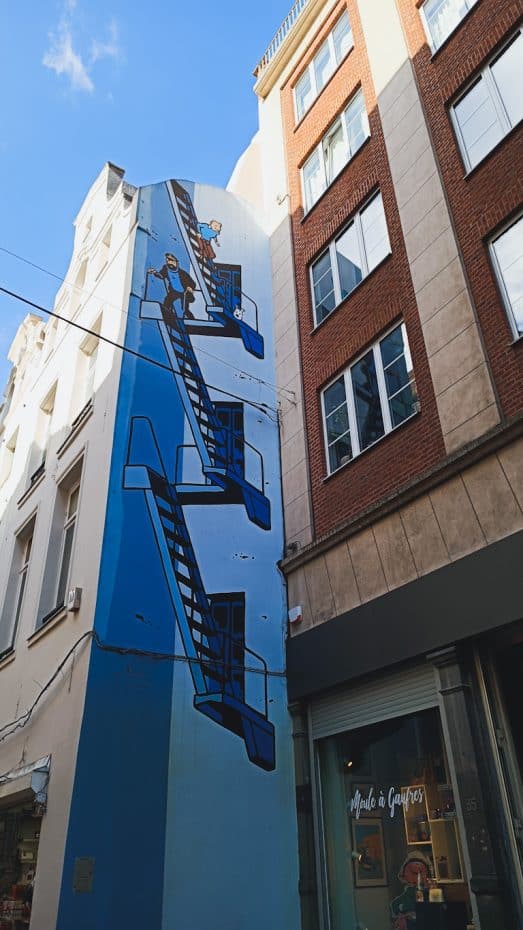
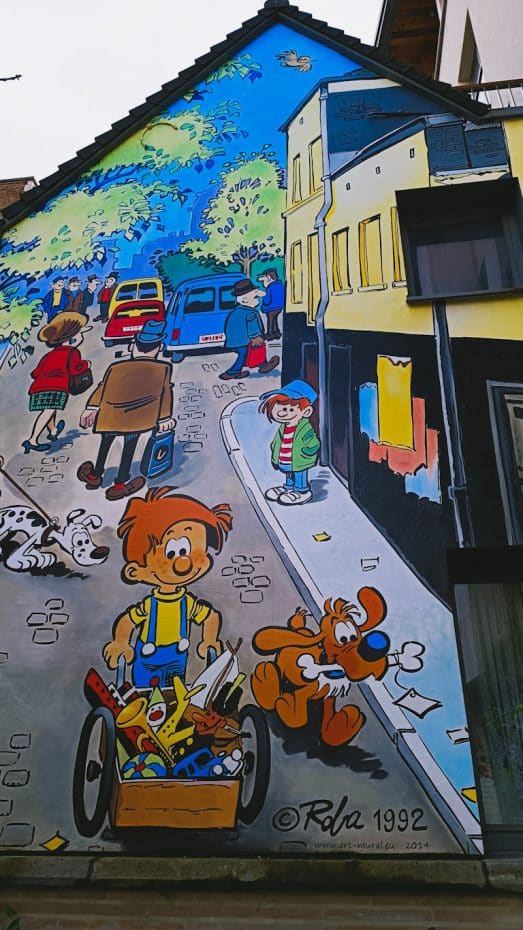
18. Stroll Through Bois de la Cambre
Bois de la Cambre was established in 1861. This 123-hectare park is on the southern edge of Brussels, in the Ixelles neighborhood. Funded by the Belgian royal family, it was designed by German architect Edouard Keilig as an English-style garden.
This park features several significant landmarks and attractions. Among them are the Chalet Robinson, an island-based restaurant that can be reached via an electric boat called “Le Robinson,” and the Theatre de Verdure, an open-air theatre for performances and events.
Bus line 38 connects Bois de la Cambre with the city center, while tram lines 7 and 25 link it to other popular destinations in Brussels.
19. Try Belgian Waffles
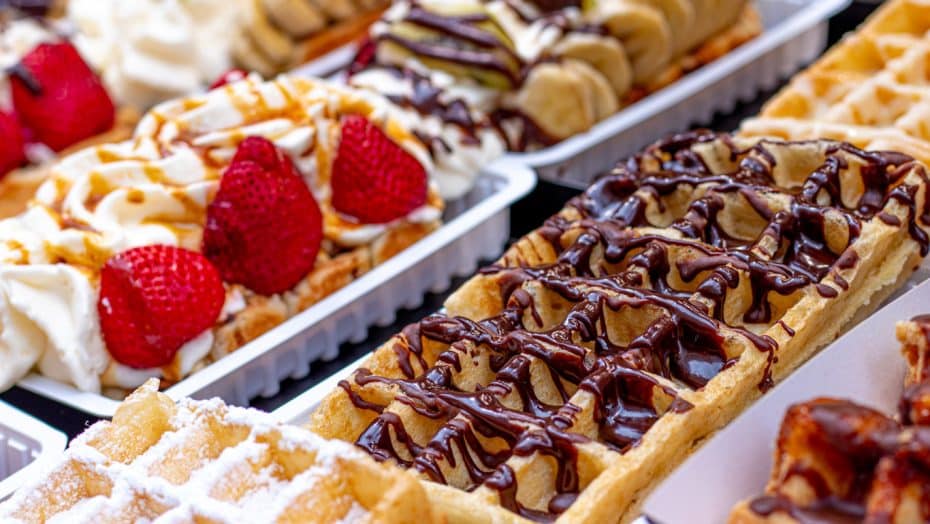
Waffles are another must-try dish in Brussels. Usually, you will find trucks selling waffles around the city’s main streets. You can choose from various toppings, with chocolate being the most common and popular. Berries and cream are another delicious choice for your waffle’s topping.
20. Eat Mussels with Belgian Fries
When it comes to typical Belgian cuisine, mussels are a staple. In Brussels, there are many places where you can enjoy mussels with fries. While in the city, I visited l’Ancien Bruxelles, a traditional restaurant kitschly decorated with photos of the Belgian royal family serving this delicious dish, and I highly recommend it.
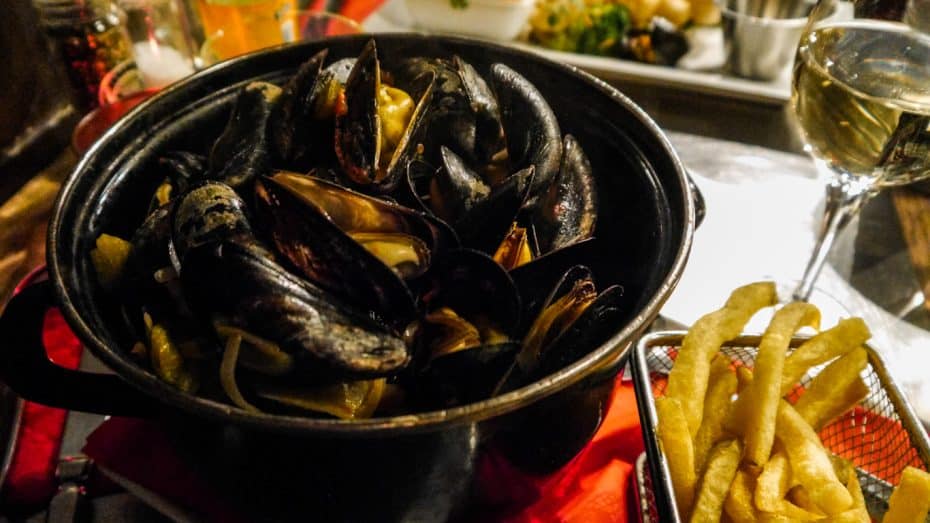
21. Take a Train to Flanders
Brussels is only a 40-minute train ride from cities like Antwerp in the beautiful Belgian province of Flanders. So, visiting Flanders, even if it’s only on a day trip, is one of the best things to do in Brussels.
In Flanders, you can visit fairytale-like towns like Bruges or cycle around the stunning Ghent, to name only a few options. This region houses some of Belgium’s art masterpieces and is small enough to explore in a week.
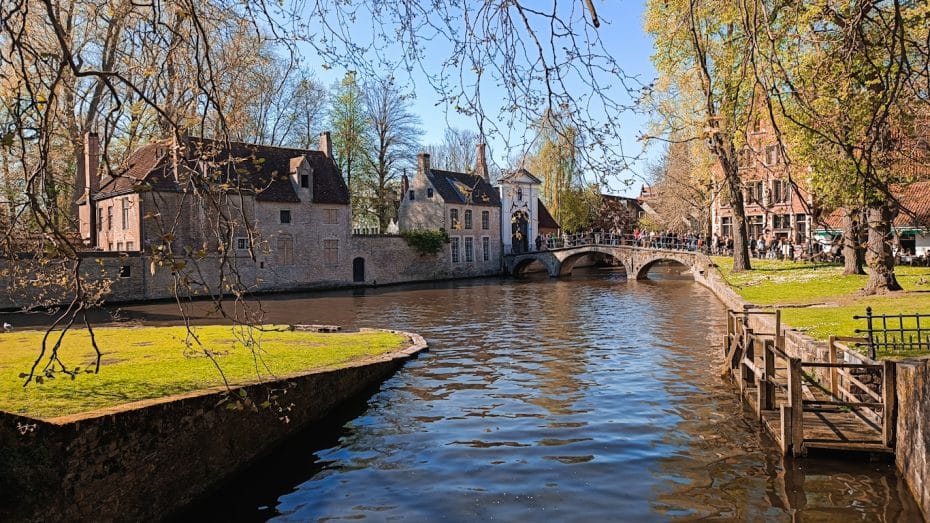



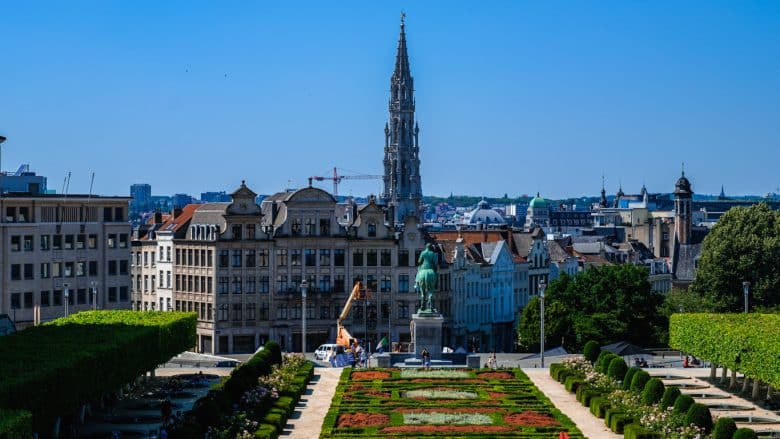
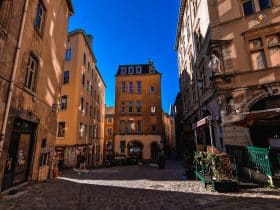
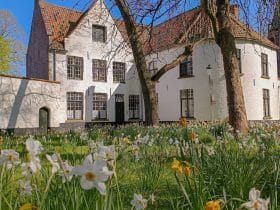



















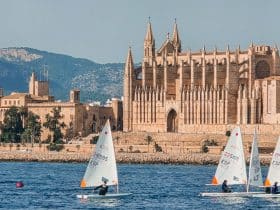
Leave a Reply
View Comments